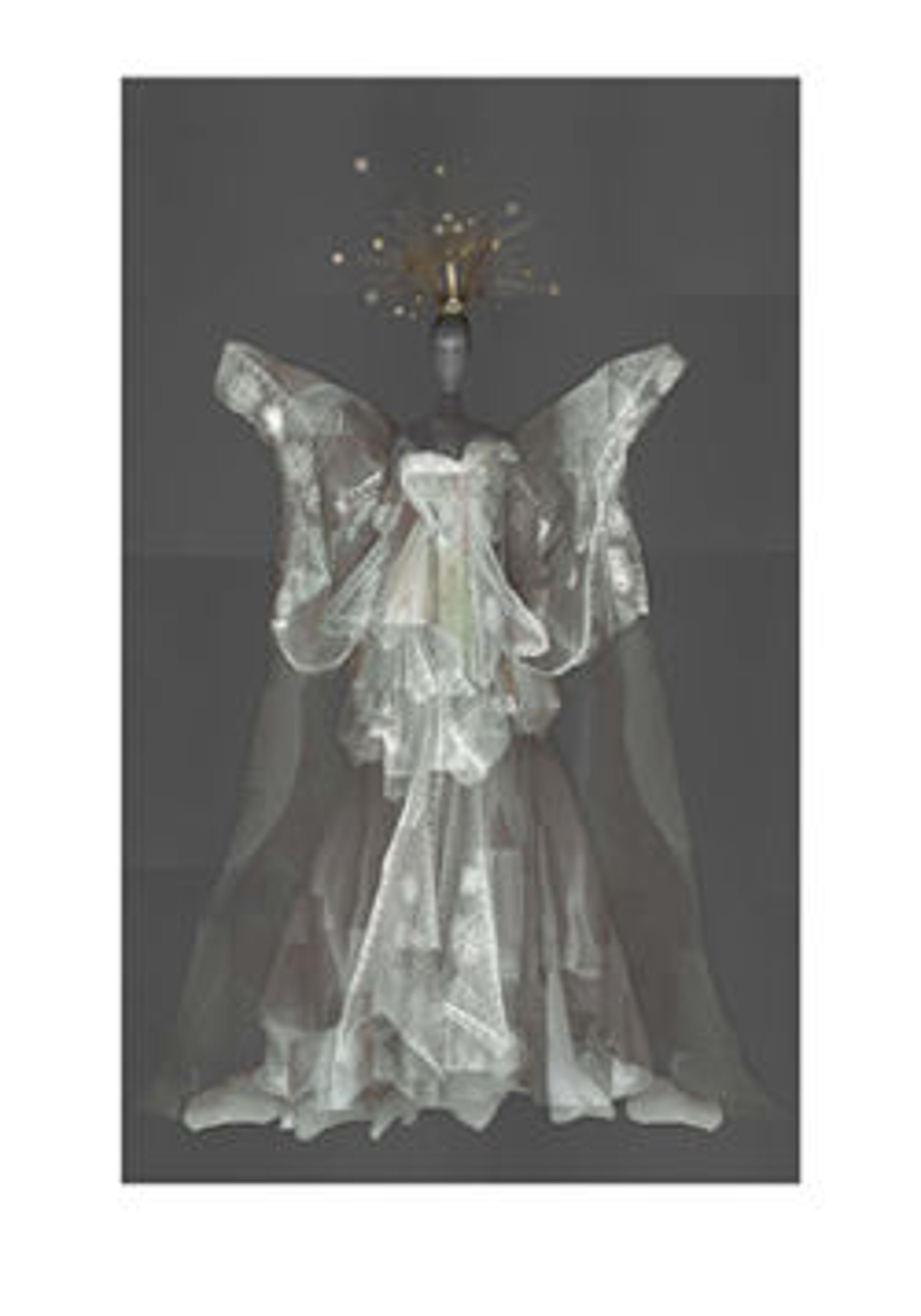The Life and Miracles of Saint Godelieve
This fully intact altarpiece was perhaps commissioned by the Guild of the Load Bearers in Bruges for their chapel in the "Onze-Lieve-Vrouwekerk" (Church of Our Lady). When closed, four saints––Josse, Nicholas, Quirinus, and John the Baptist––and two kneeling donors are visible. When open for the celebration of Mass, worshipers saw displayed for their edification the life and miracles of Saint Godelieve, patroness of Flanders.
Artwork Details
- Title: The Life and Miracles of Saint Godelieve
- Artist: Master of the Saint Godelieve Legend (Netherlandish, active fourth quarter 15th century)
- Medium: Oil on wood
- Dimensions: Open 49 1/4 x 126 3/8 in. (125.1 x 311 cm); closed 49 1/4 x 63 1/4 in. (125.1 x 160.7 cm)
- Classification: Paintings
- Credit Line: John Stewart Kennedy Fund, 1912
- Object Number: 12.79
- Curatorial Department: European Paintings
More Artwork
Research Resources
The Met provides unparalleled resources for research and welcomes an international community of students and scholars. The Met's Open Access API is where creators and researchers can connect to the The Met collection. Open Access data and public domain images are available for unrestricted commercial and noncommercial use without permission or fee.
To request images under copyright and other restrictions, please use this Image Request form.
Feedback
We continue to research and examine historical and cultural context for objects in The Met collection. If you have comments or questions about this object record, please contact us using the form below. The Museum looks forward to receiving your comments.
